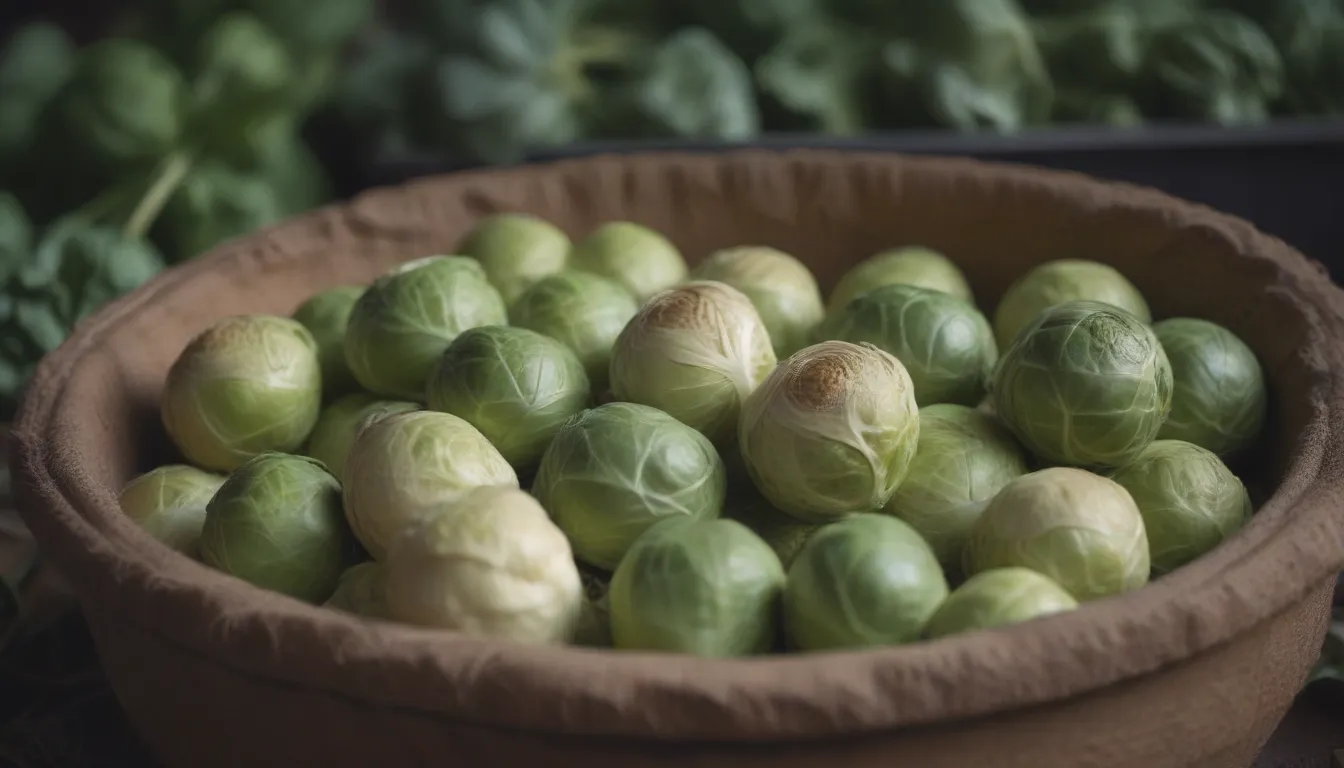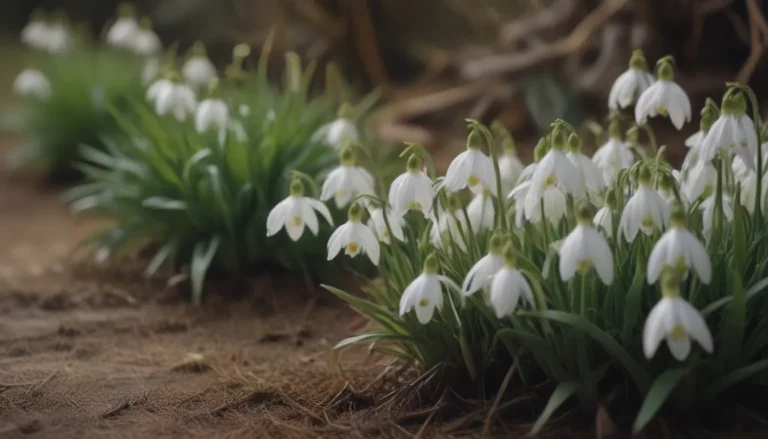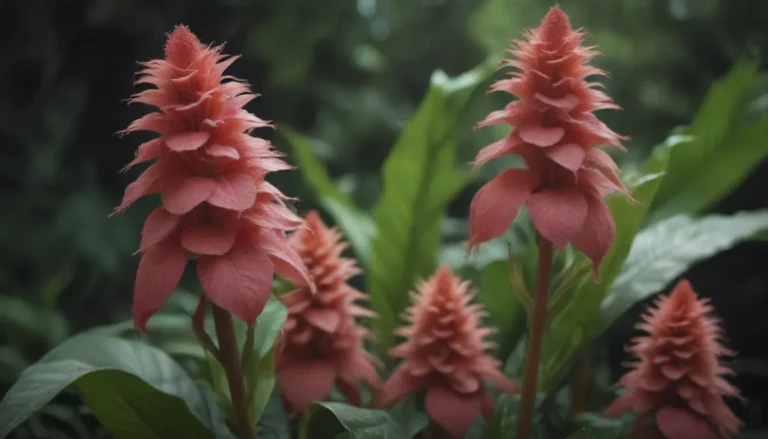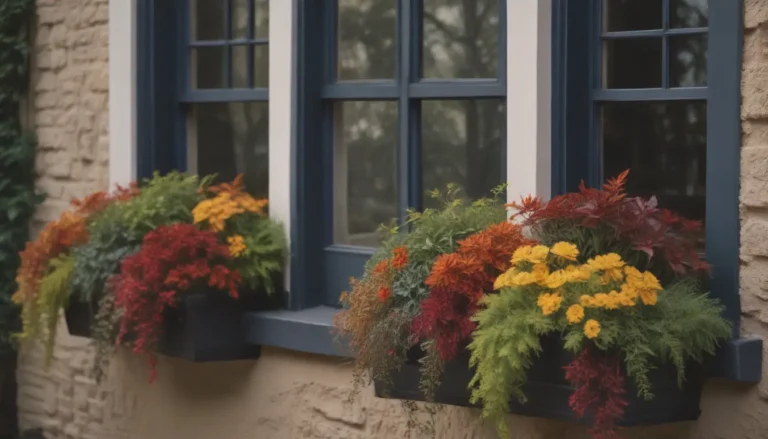Comprehensive Guide to Growing and Caring for Brussels Sprouts

Are you a fan of Brussels sprouts? Did you know that despite their popularity today, they actually date back to ancient Rome? These nutritious vegetables are named after the city of Brussels, Belgium, where they have been enjoyed for centuries. With their unique appearance as mini cabbage heads forming on thick stems, Brussels sprouts are part of the cabbage family. In addition to the sprouts, the broad leaves of the plant are also edible and can be prepared like other hardy greens.
In this comprehensive guide, we will delve into the best practices for growing and caring for Brussels sprouts in your own garden. From planting to harvesting, we will cover everything you need to know to ensure a successful crop of these delicious vegetables.
Planting Brussels Sprouts
Timing and Preparation
When it comes to planting Brussels sprouts, timing is crucial. These slow-growing biennials require a long growing season of 80 days or more. It is recommended to plant seeds approximately four months before your area’s projected first fall frost date. This typically means planting in early to mid-summer for areas with cold winters, and mid to late summer for areas with mild winters.
Selecting a Planting Site
Choose a sunny spot with well-drained soil for your Brussels sprouts. Raised garden beds are ideal for providing better temperature regulation. Container growth is also an option if space is limited. Keep Brussels sprouts away from strawberry plants and members of the nightshade family, such as tomatoes, to avoid inhibiting their growth.
Spacing and Support
Plant seeds half an inch deep and three inches apart, thinning seedlings to 18-24 inches apart once they reach 6 inches tall. Stakes for support should be added at planting to prevent plants from toppling over as the sprouts develop.
Brussels Sprouts Care Tips
Light and Soil
Brussels sprouts thrive in full sun, requiring at least six hours of direct sunlight daily. They prefer loamy, well-drained soil rich in organic matter. Before planting, incorporate compost into the soil to provide essential nutrients.
Watering and Fertilizing
Keep the soil consistently moist but not soggy, providing around 1 to 1.5 inches of water per week. Use an organic vegetable fertilizer high in nitrogen once seedlings reach 6 inches tall, following label instructions throughout the growing season.
Temperature and Humidity
Brussels sprouts prefer temperatures between 45 and 80 degrees Fahrenheit, tolerating short spells below freezing. Adequate soil moisture and good air circulation are essential for healthy growth.
Harvesting and Storage
Brussels sprouts begin maturing from the bottom of the plant upward. Start harvesting when lower sprouts reach about an inch in diameter, picking them before they become too large and bitter. Store harvested sprouts in the refrigerator for up to five days, unwashed until use.
Types of Brussels Sprouts Varieties
There are several varieties of Brussels sprouts to choose from, each with unique characteristics:
- ‘Jade Cross’
- ‘Long Island Improved’
- ‘Oliver’
- ‘Falstaff’
Brussels Sprouts vs. Cabbage
While Brussels sprouts and cabbage may appear similar, they have distinct differences. Brussels sprouts grow on thick stems, while cabbage heads develop from the ground. Both are cool-weather crops with a somewhat similar taste, but cabbage tends to be milder.
Growing Brussels Sprouts in Containers
Container gardening is an excellent option for growing Brussels sprouts if you lack a suitable garden site. Select a container at least a foot wide and deep with adequate drainage holes. Clay containers are recommended for their ability to evaporate excess moisture.
Pruning and Propagating Brussels Sprouts
Brussels sprouts generally do not require pruning, aside from removing damaged or diseased portions. While most people grow Brussels sprouts as annuals, they can be regrown from scraps. Propagation through seeds is also possible by following these simple steps:
- Start seeds in containers with moist seed-starting mix in a warm, brightly lit location.
- Use a loose organic vegetable potting mix for container growth.
- For overwintering, ensure plants are harvested before frigid temperatures set in.
Common Pests and Diseases
Brussels sprouts are susceptible to pests like the cabbage looper, cabbageworm, and aphids, as well as fungal diseases like black rot and clubroot. Proper air circulation and proactive pest management are key to maintaining healthy plants.
In conclusion, while growing Brussels sprouts may require time and attention, the rewards of harvesting your own fresh sprouts are well worth the effort. By following the tips outlined in this guide, you can successfully cultivate a bountiful crop of these nutritious and delicious vegetables. So, roll up your sleeves, put on your gardening gloves, and get ready to enjoy the fruits of your labor with homegrown Brussels sprouts!





